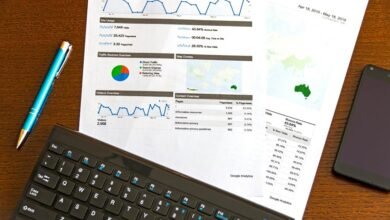Analysis of 685072404, 693123218, 696816755, 910884651, 911938739, 919542651

The sequence of numbers 685072404, 693123218, 696816755, 910884651, 911938739, and 919542651 presents an intriguing case for analysis. Their close proximity suggests potential correlations worth exploring. Furthermore, examining the differences between these figures may reveal underlying patterns and trends. Such insights could prove beneficial for predictive modeling and decision-making. However, the implications of these findings remain to be uncovered. What might they reveal about future numerical behavior?
Numerical Properties and Patterns
Numerical properties and patterns form the foundation of mathematical analysis, revealing essential characteristics that govern the behavior of numbers.
In this context, numerical sequences emerge as fundamental constructs, facilitating pattern recognition. By examining relationships among terms, analysts identify trends and anomalies, fostering a deeper understanding of numerical behavior.
Such insights empower individuals to appreciate the intrinsic order and complexity inherent in numerical systems.
Potential Applications and Implications
Exploring the potential applications and implications of numerical properties and patterns reveals their significance across various fields.
These patterns enhance data visualization techniques, facilitating clearer insights. Additionally, they inform predictive modeling, improving accuracy in forecasting trends.
The industry impact is profound, driving technological advancements that optimize operations and decision-making processes, ultimately fostering innovation and efficiency in diverse sectors such as finance, healthcare, and manufacturing.
Correlations and Future Trends
While recognizing patterns in data is essential, understanding the correlations between different numerical variables can provide deeper insights into future trends.
Statistical significance plays a crucial role in validating these correlations, enhancing the reliability of predictive modeling.
Conclusion
In the intricate tapestry of the numerical sequence, the subtle threads of difference weave a narrative rich with potential. Each figure, a stepping stone along a path of discovery, beckons analysts to delve deeper into its significance. As correlations emerge and trends unfurl like the petals of a blooming flower, the implications for predictive modeling and decision-making become clear. Ultimately, this analysis illuminates the profound relationship between numbers, guiding industries toward innovation and enhanced operational efficiency.




